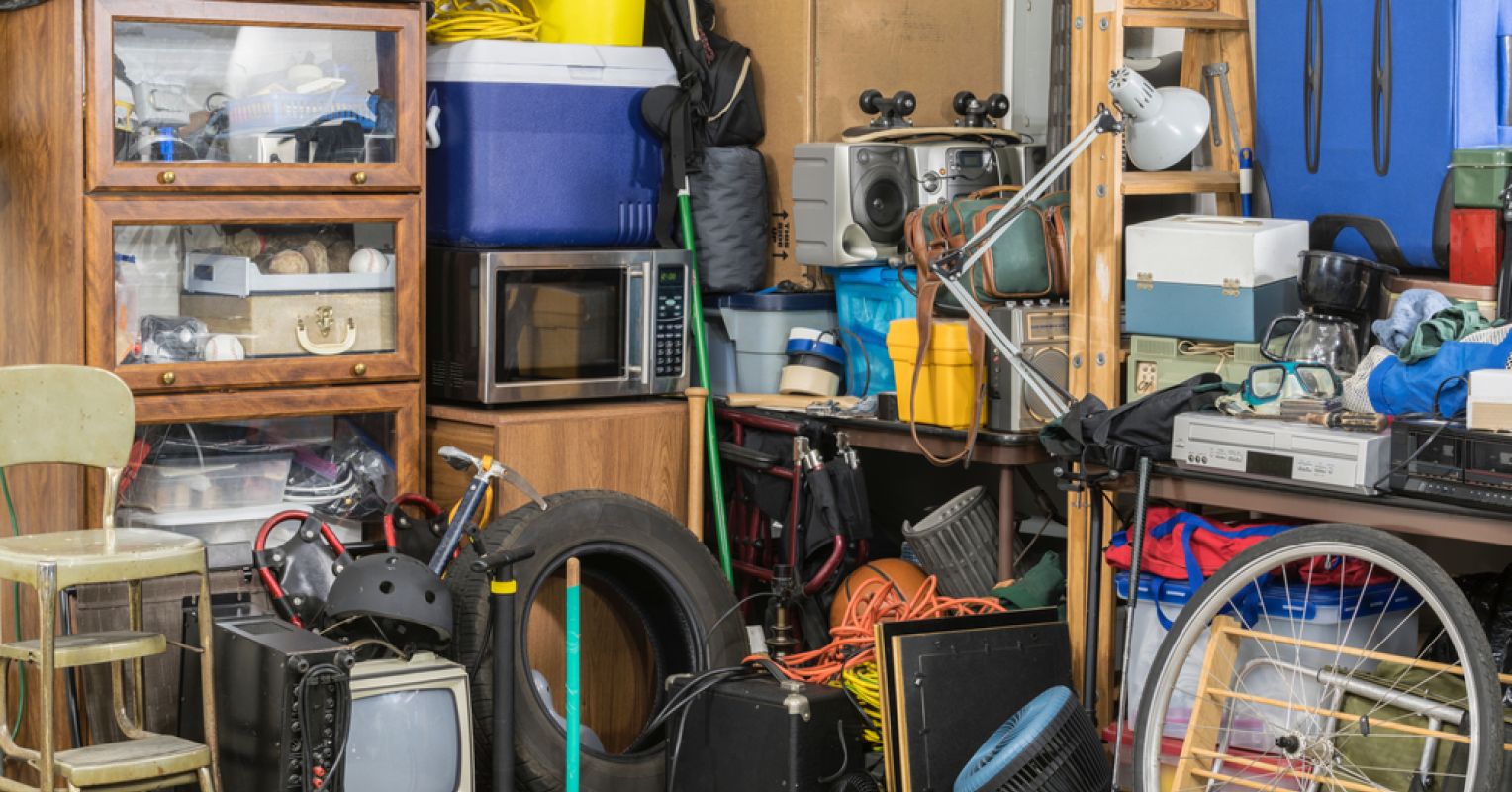
"To address hoarding, begin with the main principle: Your emotions and behaviors come from your thinking about situations, not from the situations themselves.This is good news! When your emotions or behaviors are undesirable, you're not defeated. You can identify the beliefs causing these emotions and behaviors and then change your thinking. So the first step in diagnosing a hoarding problem involves identifying the irrational thinking that's behind it."
"It would be awful if I discarded something I may need in the future. I can't stand discarding anything. I must save something that's been so useful in the past. I must not deprive myself of something I may have use for. I must avoid the frustration of being without. I must always have what I want at my fingertips. I must make the right decision about whether or not to discard something."
Hoarding involves saving household items and clothing that are no longer useful, producing clutter and dysfunction. Emotions and behaviors arise from thoughts about situations rather than the situations themselves, so changing thinking can change behavior. Diagnosing hoarding requires identifying irrational beliefs that drive keeping items, such as fear of future need, inability to discard, or a need for perfect decisions. To uproot irrational thinking, question, challenge, and contradict those beliefs. Use a structured ABCDE process—activating event, irrational belief, behavioral consequence, disputing the belief, and replacing it with effective new thinking—and practice the new thinking to change behavior.
Read at Psychology Today
Unable to calculate read time
Collection
[
|
...
]